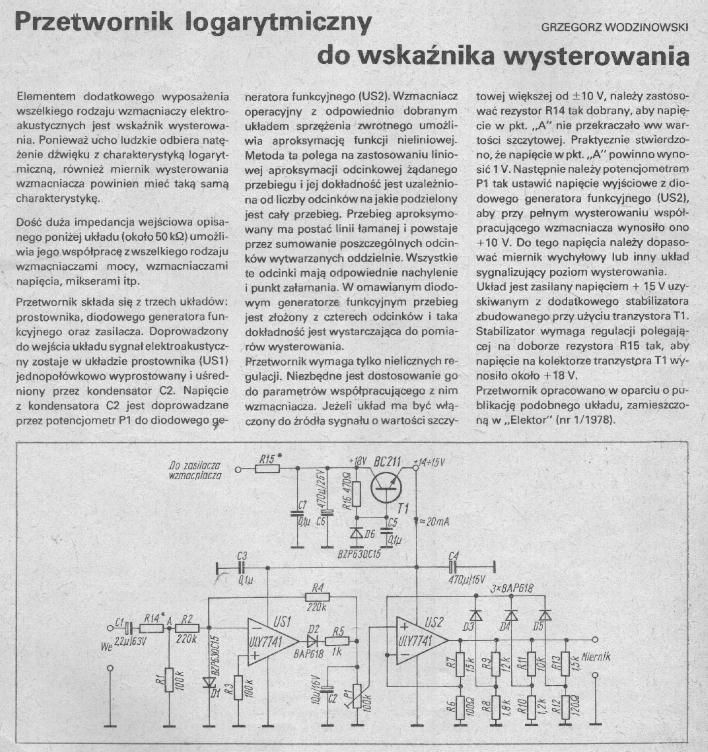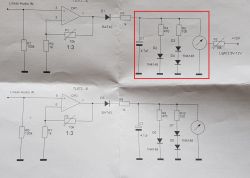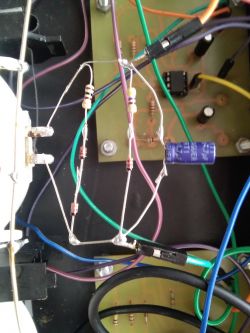thereminator wrote: the error is the visible diodes illuminating the scales of the indicators. They should be covered at the front.
CodeBoy wrote: LEDs are very tiring at the front, they should be covered from the front.
They should not be on the front of the indicator at all. The indicator housing is specially adapted to be illuminated from the back - in the original, it is an all-glass bulb without a socket. This is also why there is a scale on a transparent film and behind it a matte diffusing pane. Surely, it would not be possible to replace the light bulbs without modifications to LEDs (due to a different distribution - the light through the LED is more focused - even in the case of matte housings), but ultimately the LEDs that the Author used also had to be (?) Somehow attached.
I understand that this is the first construction from the board design to the finished device, so I will only say that the tiles with such a layout could be 1/4 of the size of the ones you made. For the future, try to miniaturize your designs.
CodeBoy wrote: I don't like something about the scaling of the excursions, they work too much on the positive half of the scale, they should start more around -20 and move around 0dB
In general, the time from the occurrence of a signal of a given level to its indication, as well as the time in which the indication falls after the signal ceases, is quite strictly defined for this type of indicators. Here it is just something that fans the clues to the beat of the music. There is no practical benefit from this.
acctr wrote: There are numbers on the scale of the indicators, what do they mean?
A piece of a plastic grille "borrowed" from 9000 series and similar cassette recorders. In the original, there were lights for the MOMENTAL signal levels described on the grille. In the case of tilt indicators (having considerable inertia) and in application to a tape recorder in particular, it is important that the maximum value is not exceeded, because the tape distortion is not advisable and involves a loss of both quality and dynamics. For different types of tapes, the maximum instantaneous signal could reach different values - these lamps simply made it easier to set the appropriate level of the recorded signal.
All in all, it is a pity that the author did not go a step further and copied this layout. Overall - the device works. Not how it could work to have some useful function (currently, it could only do effectively for a bedside lamp), not very neatly made (LED and no descriptions on the sockets on the back), no logarithm circuit, a switch and a mess that does not match the function and the whole device inside; but it works. Nothing else.
I think that if the author uses all these words of criticism in practice - subsequent projects will be much better.
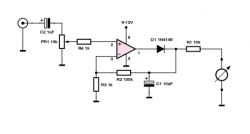 based on the LM358 integrated circuit. I made the pcb project in TraxMaker. The whole thing is placed in a plastic housing.
based on the LM358 integrated circuit. I made the pcb project in TraxMaker. The whole thing is placed in a plastic housing.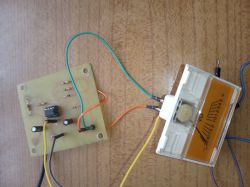
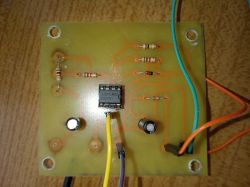
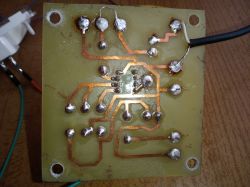
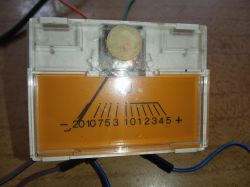
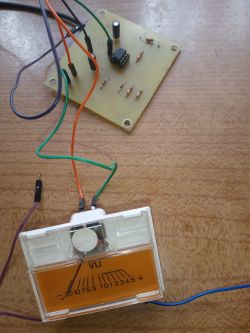
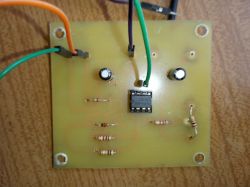
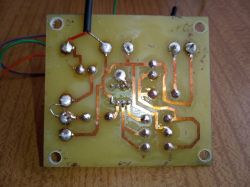
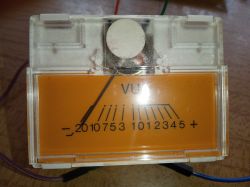
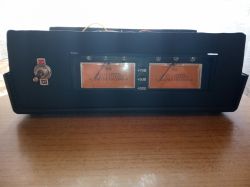
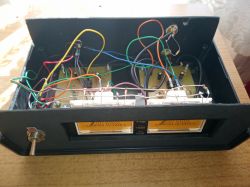
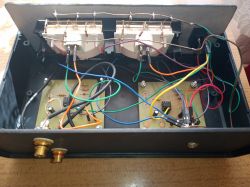
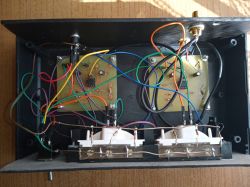
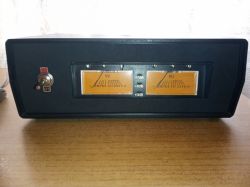
 based on the LM358 integrated circuit. I made the pcb project in TraxMaker. The whole thing is placed in a plastic housing.
based on the LM358 integrated circuit. I made the pcb project in TraxMaker. The whole thing is placed in a plastic housing.


















